judge
 William T Anderson’s life was always rather a violent one, but it escalated when his sister died while in the custody of the Union soldiers during the Civil War. Anderson was born around 1840 in Hopkins County, Kentucky, to William and Martha Anderson. His siblings were Jim, Ellis, Mary, Josephine, and Martha. His schoolmates recalled him as a well-behaved, reserved child, so they might be surprised to see how he ended up. Anderson began to support himself early on, by stealing and selling horses in 1862. After a Union loyalist judge killed his father, Anderson killed the judge and fled to Missouri. He was always one to exact revenge for anything in which he felt that he or his family were wronged. In Missouri, he robbed travelers and killed several Union soldiers.
William T Anderson’s life was always rather a violent one, but it escalated when his sister died while in the custody of the Union soldiers during the Civil War. Anderson was born around 1840 in Hopkins County, Kentucky, to William and Martha Anderson. His siblings were Jim, Ellis, Mary, Josephine, and Martha. His schoolmates recalled him as a well-behaved, reserved child, so they might be surprised to see how he ended up. Anderson began to support himself early on, by stealing and selling horses in 1862. After a Union loyalist judge killed his father, Anderson killed the judge and fled to Missouri. He was always one to exact revenge for anything in which he felt that he or his family were wronged. In Missouri, he robbed travelers and killed several Union soldiers.
Anderson became a guerrilla, when his family was living in Council Grove, Territory of Kansas at the start of the Civil War. After William Quantrill’s raid on Aubry, Kansas on March 7, 1862, a Federal company from Olathe, Kansas sent a patrol from Company D, Eighth Kansas Jayhawker Regiment to investigate. Their mission was to seek out Southern sympathizers living nearby, who might be accused of aiding the raiders. Anderson’s father and uncle were named as such, and when the Jayhawker company arrived at the Anderson farm on March 11th, William and his younger brother Jim were delivering 15 head of cattle to the US commissary agent at Fort Leavenworth. When the brothers returned to their farm, they found their father and uncle hanged in retaliation, their home burned to the ground, and all their possessions stolen. It was an act of war in their minds, because the men had no chance to defend themselves. Two days later Bill and his brother Jim were both riding with Quantrill’s Raiders, a group of Confederate guerrillas operating along the Kansas–Missouri border. Anderson moved his sisters from Kansas, and for a year they lived at various places stopping finally with the Mundy family on the Missouri side of the line near Little Santa Fe. When asked why he joined Quantrill, Anderson replied by saying, “I have chosen guerrilla warfare to revenge myself for wrongs that I could not honorable revenge otherwise. I lived in Kansas when this war commenced. Because I would not fight the people of Missouri, my native State, the Yankees sought my life but failed to get me. [They] revenged themselves by murdering my father, [and] destroying all my property.”
Anderson became a skilled bushwhacker and quickly earned the trust of the group’s leaders, William Quantrill and George M Todd. It was his bushwhacking skills that ultimately marked him as a dangerous man…and eventually led the Union to imprison his sisters. Then, after a building collapse in the makeshift jail in Kansas City, Missouri, left one of his sisters dead, while in custody and the others permanently maimed, Anderson devoted himself to revenge. He took a leading role in the Lawrence Massacre and later took part in the Battle of Baxter Springs, both in 1863. He later satisfied his revenge by hijacking a train full of Union troops and slaughtering 24 of them, thus giving him the name “Bloody Bill” Anderson.
By 1863, all Bill had left was a brother and two sisters, who had miraculously survived the August 13 Union jail collapse in Kansas City. The collapse wasn’t an accident. Union guards from the 9th Kansas Jayhawker Regiment, serving as provost guards in town, intentionally collapsed a three-story brick building on a number of young Southern female prisoners. Fourteen-year-old Josephine Anderson was killed in the collapse. Bill’s ten-year-old sister Martha’s legs were horribly crushed crippling her for life, and his sixteen-year-old sister Mary suffered serious back injuries and facial lacerations. Both girls would carry their physical and emotional scars for the rest of their lives. War is an ugly thing, and unfortunately, sometimes unscrupulous people do things 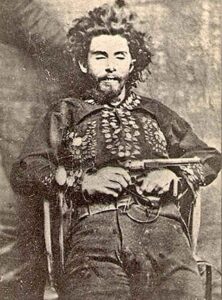 they shouldn’t. The atrocity at the jail was a war crime and should have been punished as such, but I suppose that didn’t justify the murders that followed, because there was no proof that those murdered were involved in any way.
they shouldn’t. The atrocity at the jail was a war crime and should have been punished as such, but I suppose that didn’t justify the murders that followed, because there was no proof that those murdered were involved in any way.
Union military leaders ordered Lieutenant Colonel Samuel P Cox to kill Anderson and provided him with a group of experienced soldiers. A local woman saw Anderson soon after he left Glasgow and told Cox where he was. On October 26, 1864, Cox pursued Anderson’s group with 150 men and engaged them in a battle called the Skirmish at Albany, Missouri. Anderson and his men charged the Union forces, killing five or six of them, but turned back under heavy fire. Only Anderson and one other man, the son of a Confederate general, continued to charge after the others had retreated. Anderson was hit by a bullet behind an ear, which most likely killed him instantly. Four other guerrillas were killed in the attack as well. The victory made a hero of Cox and led to his promotion.

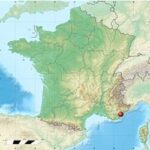 A strange thought, indeed, but Posthumous Marriage is not illegal in France…at least not since the Malpasset Dam disaster of December 2, 1959. While most of us would consider Posthumous Marriage to be a rather morbid idea, there are a couple of reasons that are considered legitimate reasons for the request for such a marriage to be granted. One such reason is, of course, a matter of deep emotional feelings for the lost fiancé. Another reason is to legitimize any children the couple already had, prior to the marriage…which I guess I can see, to a degree. There are rules that must be followed in order to have such a marriage approved…no matter what the reasons. The living partner must ask the deceased partner’s family for permission, and the invitations to the wedding must have already been sent out (showing intent from both members of the couple). The family can choose to allow, or not to allow the marriage, and if they do not agree, it is over. If family approval is given, the living partner must go before a judge to get legal permission to “marry” the deceased partner…who is usually represented at the service with a photograph. And…there are things that do not come with the marriage, such as any of the deceased partner’s property or money. In all reality, it is simply a symbolic event declaring their love for their partner. Nothing more!!
A strange thought, indeed, but Posthumous Marriage is not illegal in France…at least not since the Malpasset Dam disaster of December 2, 1959. While most of us would consider Posthumous Marriage to be a rather morbid idea, there are a couple of reasons that are considered legitimate reasons for the request for such a marriage to be granted. One such reason is, of course, a matter of deep emotional feelings for the lost fiancé. Another reason is to legitimize any children the couple already had, prior to the marriage…which I guess I can see, to a degree. There are rules that must be followed in order to have such a marriage approved…no matter what the reasons. The living partner must ask the deceased partner’s family for permission, and the invitations to the wedding must have already been sent out (showing intent from both members of the couple). The family can choose to allow, or not to allow the marriage, and if they do not agree, it is over. If family approval is given, the living partner must go before a judge to get legal permission to “marry” the deceased partner…who is usually represented at the service with a photograph. And…there are things that do not come with the marriage, such as any of the deceased partner’s property or money. In all reality, it is simply a symbolic event declaring their love for their partner. Nothing more!!
So how did such a strange idea get started in the first place. On December 2, 1959, the Malpasset Dam, an arch dam on the Reyran River, which is located approximately 4 miles north of Fréjus on the French Riviera (Côte d’Azur), Southern France, in the Var department collapsed, killing 423 people in the resulting flood. Signs of an imminent collapse began in November 1959, when a “trickle of clear water observed high on the right [side]” and then cracks noticed later in the month in the concrete apron at the dam toe. The dam was breached at 9:13pm on December 2, 1959. The break was partially due to rainfall and thus the rising level of water. By noon that day, the reservoir had reached its maximum level, and the guardian André Ferro asked for permission to release the excess water, but was denied the ability to do so until 6:00pm of that day. By then, the amount of water was so high that it took three hours to release only a few centimeters of water. The entire wall then collapsed leaving only a few blocks on the right bank. Pieces of the dam are still scattered throughout the area to this day. The damage amounted to an equivalent total of 68 million US dollars.
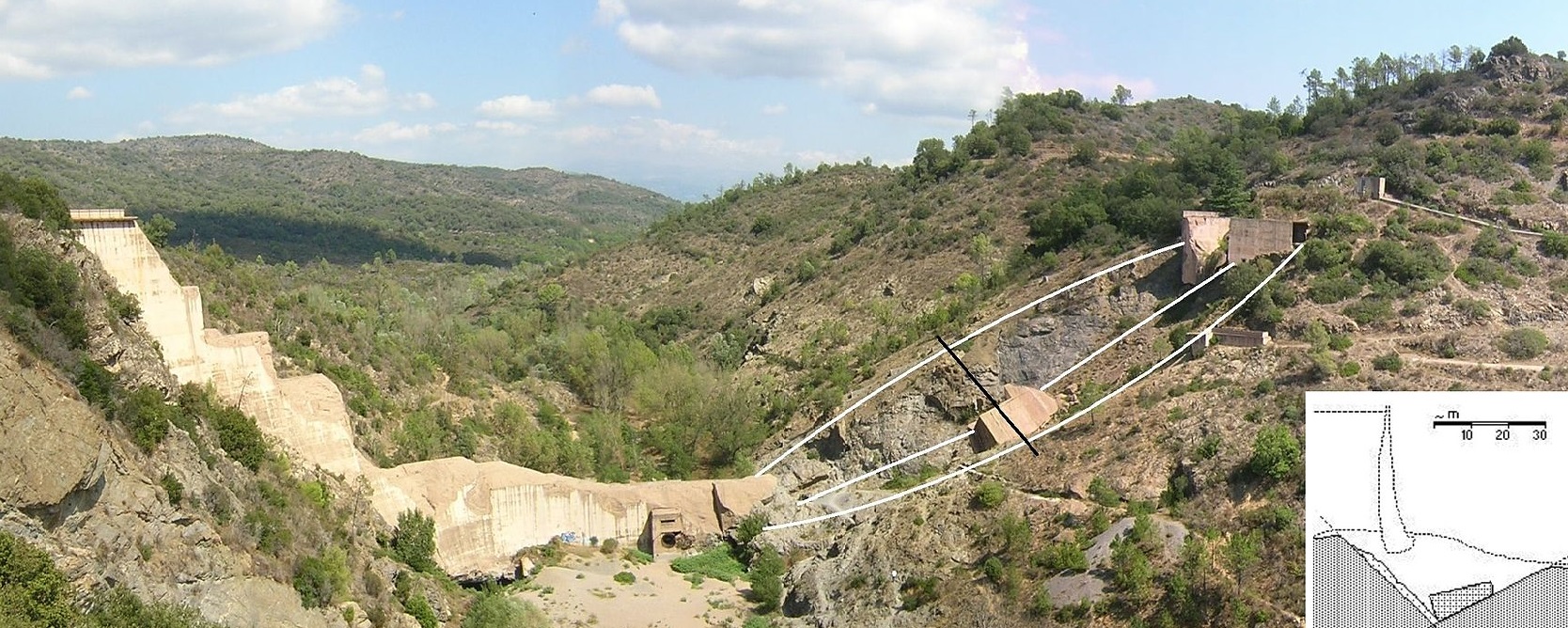
Apparently, there were so many women who lost their fiancés, that the event also ushered in the practice of posthumous marriage in France. It’s hard for me to imagine that out of 423 people, there were enough fiancés to warrant the need for a new law. I could assume that at least some of those couples were…dating yes, but not planning their weddings. Remember, that the invitations had to have been sent out, so there were a lot of couples in varying stages of wedding planning. Still, posthumous marriage is a very strange idea.
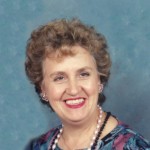 Every year since 1907 (or 1914, if you go by the day that Congress designated the day) children have celebrated a day of remembering all the wonderful things their mom has done for them. Being a mom is often a thankless job. It involves long hours, filled with worries, headaches, weariness, and work…and it’s an all volunteer job. Of course, if we had to pay our mother for all the things she did for us, we would all be broke, and the moms would have all the money in the world…or a good chunk of it. The job of Mom, is a highly skilled job, encompassing many different careers. Moms are nurses, teachers, chefs, nannies, coaches, maids, chauffeurs, financial advisors, tutors, counselors, advisor, judge, and jury, just to name a few. Most of her training is on the job training, because motherhood is a career that starts the instant your first child arrives, and lasts for the rest of your life. There are no days off, no passing the torch, and no retirement. And the funny thing is that no mother ever wants to retire, in fact, they wish their babies would stay little forever.
Every year since 1907 (or 1914, if you go by the day that Congress designated the day) children have celebrated a day of remembering all the wonderful things their mom has done for them. Being a mom is often a thankless job. It involves long hours, filled with worries, headaches, weariness, and work…and it’s an all volunteer job. Of course, if we had to pay our mother for all the things she did for us, we would all be broke, and the moms would have all the money in the world…or a good chunk of it. The job of Mom, is a highly skilled job, encompassing many different careers. Moms are nurses, teachers, chefs, nannies, coaches, maids, chauffeurs, financial advisors, tutors, counselors, advisor, judge, and jury, just to name a few. Most of her training is on the job training, because motherhood is a career that starts the instant your first child arrives, and lasts for the rest of your life. There are no days off, no passing the torch, and no retirement. And the funny thing is that no mother ever wants to retire, in fact, they wish their babies would stay little forever.
My own mom, Collene Spencer was a most amazing woman. She raised five daughters, teaching us to cook, clean, take care of a home, and how to be moms. She taught us that we could do anything we set our minds to. As our lives progressed and we took on our adulthood, she became our cheerleader…even if what we were doing was a hobby, she always had faith that we could do it. I remember when I started writing, she wanted to have me read the stories to her. She missed so many of them, because I didn’t see her that day, so I finally made sure she got them on her Kindle. She read every single one. She was my biggest fan, and I miss having her tell me how much she loved this story or that one. And I miss calling Mom to ask her about a detail from her childhood. Her information enriched my stories, because she knew all the little details of the events. Many times, while I’m working on a story, I think, “I need to ask Mom about that”…then, I realized once again…that I can’t. It would be nice to have a phone to Heaven, because I have questions for my mom…and my dad too. And I miss them, and just saying hello again would be wonderful.
When I got married, I assumed that I had learned everything I needed to know, but that was not so. My mother-in-law, Joann Schulenberg had been raised on a farm, and had a very different take on life and caring for a family. So, once again, I had things to learn. Having a vegetable garden meant that rather than buying 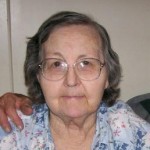 vegetables at the store, you got them out of the cupboard, and that was because you had picked them from the garden, and canned them. It wasn’t that my mom didn’t know how to do that, but we didn’t have a garden, so we didn’t can. My mother-in-law sewed, knitted, and crocheted, and while I knew how to crochet, I hadn’t been exactly willing to learn much about sewing from my mom. I learned how to do these things, but unlike my mother-in-law, they would not become a big part of my life. Some things just simply are, what they are. Nevertheless, I am thankful for the things I learned from my mother-in-law, who also taught me that you never really know it all. My mom is in Heaven now, but we still have my mother-in-law for a while longer. Happy Mother’s Day to my Moms!! I love you both very much.
vegetables at the store, you got them out of the cupboard, and that was because you had picked them from the garden, and canned them. It wasn’t that my mom didn’t know how to do that, but we didn’t have a garden, so we didn’t can. My mother-in-law sewed, knitted, and crocheted, and while I knew how to crochet, I hadn’t been exactly willing to learn much about sewing from my mom. I learned how to do these things, but unlike my mother-in-law, they would not become a big part of my life. Some things just simply are, what they are. Nevertheless, I am thankful for the things I learned from my mother-in-law, who also taught me that you never really know it all. My mom is in Heaven now, but we still have my mother-in-law for a while longer. Happy Mother’s Day to my Moms!! I love you both very much.

